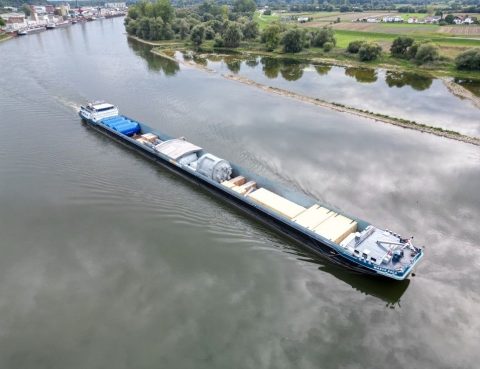
Shipping comes to a halt on parts of the Rhine
Illustration only; Combi Lift
Heavy rain and the melting snow have brought the traffic on parts of the river Rhine in south Germany to a halt. According to the German inland waterways navigation agency WSA, shipping will remain closed around Maxau in the coming days as the water levels have gone up.
Want to read more?
You have read all of your free premium articles for this month. Please become a subscriber to keep reading.
Subscribe now!
Take advantage of our exclusive offer to get full access to all premium content.




